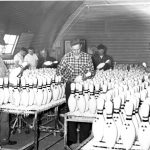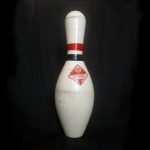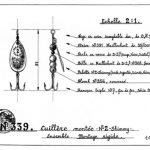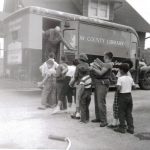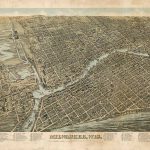Bowling evolved in the mid-nineteenth century United States from imported European games like the German kegling. Beginning with clubs in eastern U.S cities, bowling grew in popularity and spread to the Midwest—particularly cities like Milwaukee—as German-Americans migrated across the continent. Bowling was often associated with beer gardens and local saloons, which were plentiful in Milwaukee. Gambling was also often associated with bowling events and the game’s rules were not standardized. In an effort to standardize regulations for equipment and scoring, and also to control the widespread betting that threatened to destroy bowling’s mass appeal, the American Bowling Congress (ABC) was formed in New York in 1895.
The ABC also began to organize tournaments to promote the sport and make it more respectable. In 1905 they hosted a major tournament in Milwaukee. The event was so successful that the ABC, greatly impressed by the city, moved its headquarters to Milwaukee, making it “The Bowling Capital of America,” a title the city held until 2008 when the ABC became part of the U.S. Bowling Congress and moved to Texas.
The ABC set national standards for bowling ball construction, lane design, pins, and score-keeping. One specification was that pins be made from hard maple. Since Wisconsin’s Vulcan Corporation had an ample supply, with all of its wood coming from within a 60-mile radius of Antigo, it wasn’t long before the state was not just the center of bowling culture, but also bowling manufacture.
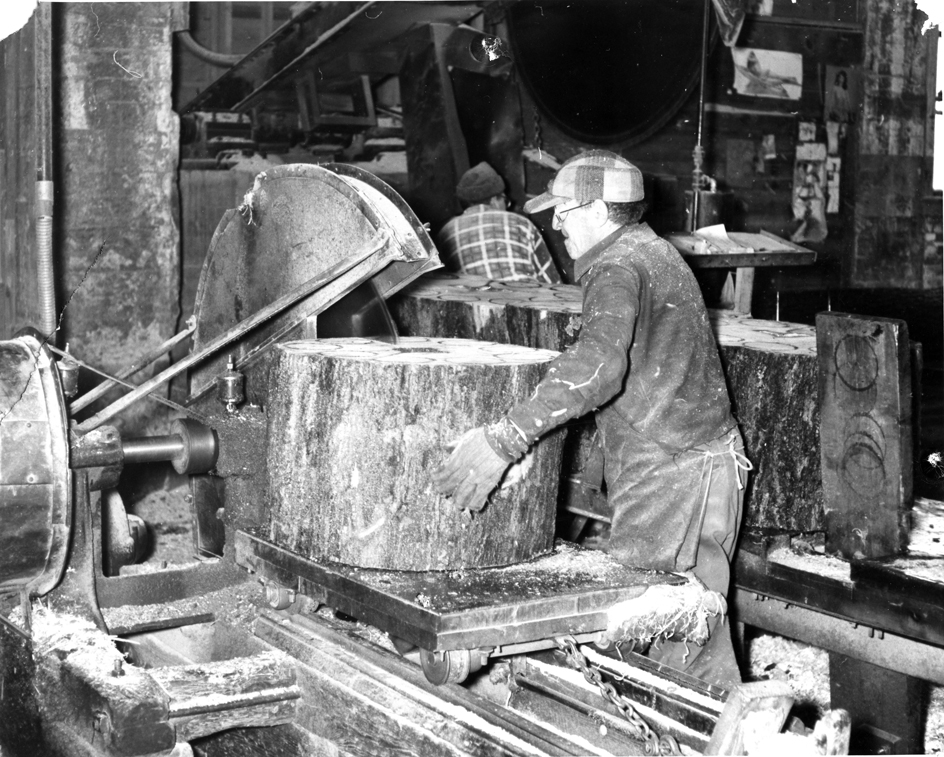
Initially, women were excluded from bowling, but in the 1920s pressure led to the formation of a separate organization which became the Women’s International Bowling Congress (WIBC), also based for several years in Milwaukee. “The “white males only” policy of the ABC was also challenged on racial grounds.
As American interests expanded into the Asian Pacific in the 1930s, transplants introduced bowling to Hawaii and it was taken up by Hawaiians of Asian origin. They challenged the policy and the ABC revised its rule to cover only the continental United States. A National Negro Bowling Association was formed in 1939 covering a number of mid-western cities. During World War II a Japanese-American Citizens League was formed, based in Utah. Pressure continued mounting to modify ABC’s racial exclusions from within the organization, from bowling leagues of other backgrounds, and from a number of civic and labor organizations. Facing adverse publicity and lawsuits, the ABC relented, inviting a black team to compete in a tournament for the first time in 1951 tournament.

In America’s post-World War II years bowling also gained respectability as a family sport. Bowling alleys encouraged women’s and mixed leagues as well as family events to promote bowling as a family recreation. In 1955 NBC-TV’s Milwaukee affiliate began televising Bowling with the Champs, which continued until 1995 and was one of the most popular TV shows in southern Wisconsin. It also helped promote the sport.
Written by Joe Hermolin, February 2016.
SOURCES
Doug Schmidt, They Came To Bowl: How Milwaukee Became America’s Tenpin Capital (Madison: Wisconsin Historical Society Press, 2007).
Larry van Goethem, “Bowling Strikes with Wisconsin Maple,” The Timber Producer, May 1985, 38-41.
Manya Kaczkowski, Milwaukee’s Historic Bowling Alleys (Charleston, SC: Arcadia Publishing, 2010), 7-8.
Featured image: American Bowling Congress tournament in Milwaukee, Wisconsin, c. 1905. Photographer unknown.
